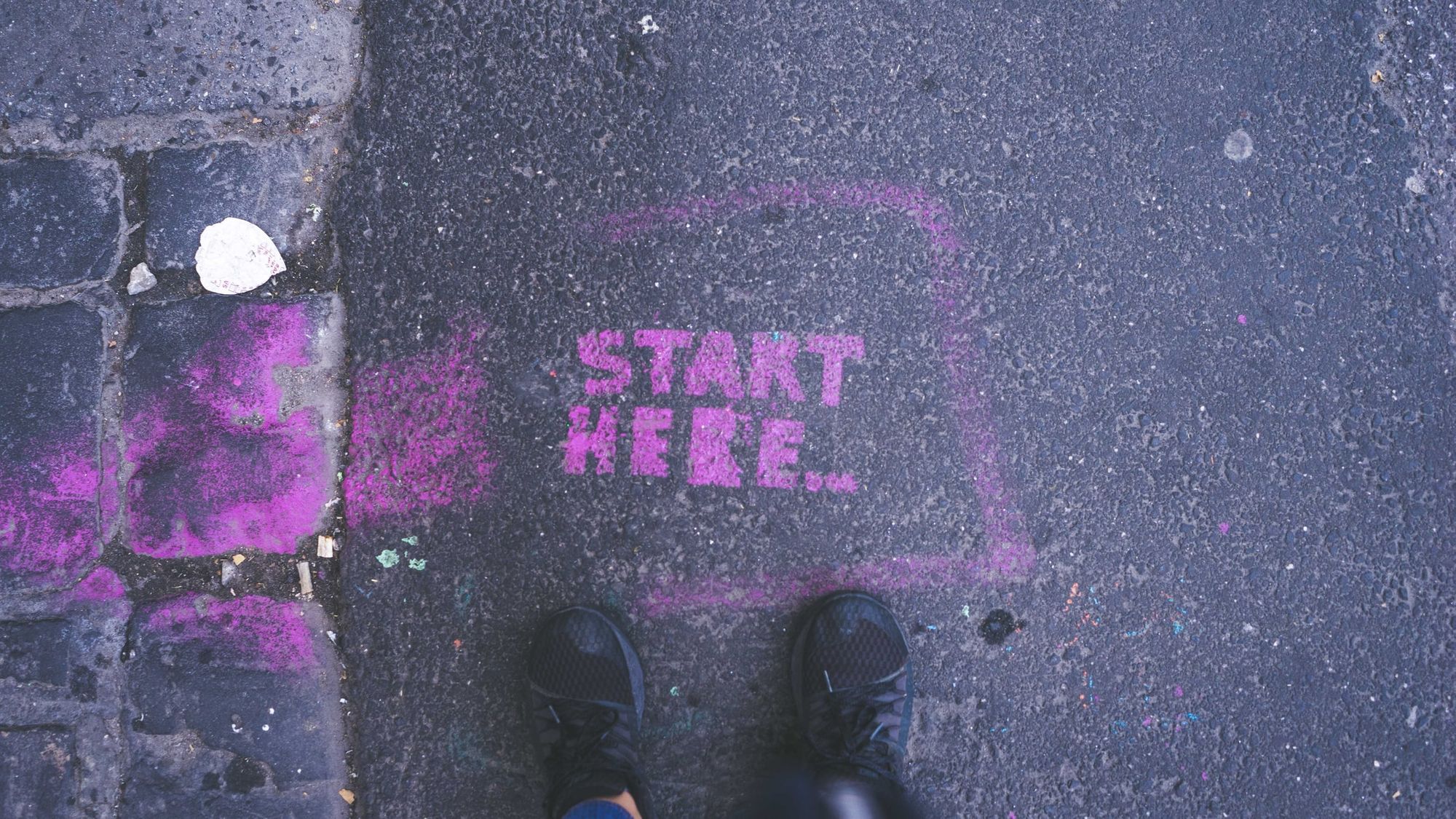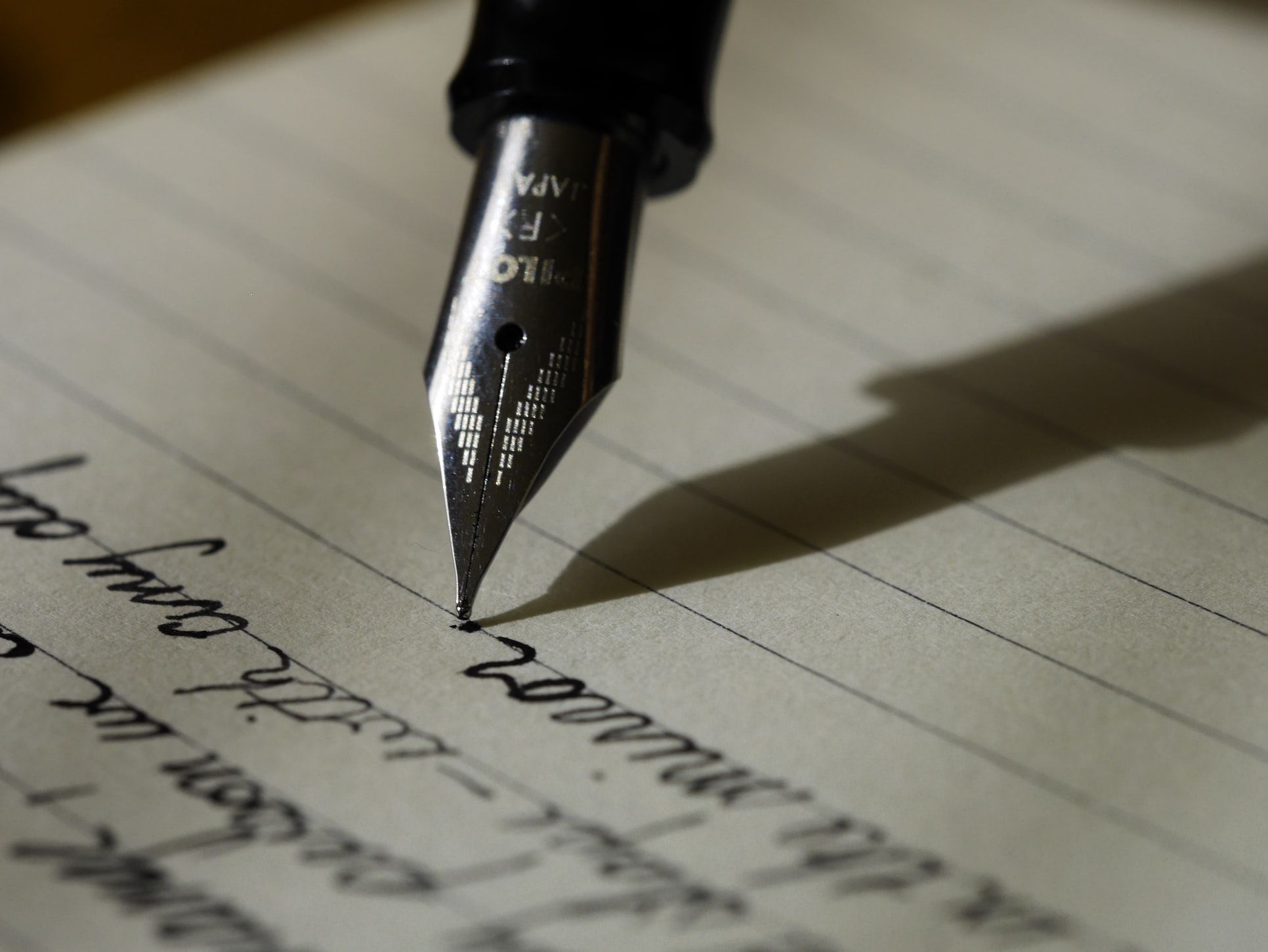Hi! In this newsletter I would like to tell you how do I write the articles on my blog, and how you can do the same on your personal one.
Where to start
The most commonly asked question I get is how do you come up with an idea of an article. I use several sources of inspiration.

My work
I work as a Solution Architect. This involves different activities: writing production code, making system design, working with requirements, documenting architecture and so on. Those activities bring some new experience, and I enjoy sharing it in a form of article.
Last year I was choosing a technology for a new mobile application. The choice was between Flutter and React-Native. I had to compare them to enable an informed decision; such comparison makes a good article, so I published it on the blog.
Another example is a recent post of knowledge transfer checklist. I am changing the job write now, so I had to perform a knowledge transfer. I wrote a checklist and made an article about it. Now I can be sure I won't miss anything important.
My conference talks
Occasionally I get invited to talk at conferences: it were offline events previously(hope, they get back soon!), now it's online ones. However they are still speaking opportunities.
I spend many hours preparing the talks. You need to create the outline, find the illustrations, make several dry runs etc. I am not getting paid to talk(yet), so the time is a relatively big investment! In order to make this time spent better, I use the talks as a source for articles.
My books
I try to read a lot. I read a book every week or two, as you may know from the previous newsletter. If I like the book and find it really useful from the professional perspective I am writing a book review like I did for "NoSQL distilled". It helps to remember what the book was about and reflect a bit on it's content.
How to write the article
Ok, you got an idea for your post. How to write the article itself?

Focus on reader
You don't write an article for yourself. You do it to help your reader to learn something new. Always keep it in mind. Think about how you can help your reader in the best possible way. Think about how the reader can apply what you give.
Do you describe a solution to a particular problem? Describe the problem, list the possibilities, make a comparison. Add a conclusion in the end.
Do you provide an explanation of a complex topic? Make sure you move from simple things to more complicated ones. Try to smoothen the way the reader absorbs the information.
Plan & Structure
Before you write a first word, think about the plan of your article. Usually, I pick the following pattern:
- A hook
- A problem statement
- Solutions
- Option 1
- Option 2
- Option 3
- Comparison
- Conclusion
I start with a hook - something to get the attention on. The hook helps your reader to understand the purpose of your article and thus hint if the article is worth reading at all. You see the hook on social media when I share it.
Then I state the problem; keep it short, but clear.
They I go straight to the important information: how we can solve the issue, what are the pros and cons, what are the risks and so on.
Then we need to compare the solutions and make a conclusion: what solution works best in a particular situation(there are no silver bullets!).
The structure is really important because the reader can see it and easily navigate through the article. Maybe the reader want to skip some solution, or go straight ahead to the conclusion. Or may be the reader doesn't consume the article in one go and needs a point to return to; the structure helps to do all of that.
Work on language
The article usefulness is influenced by the syntax and semantic of the vocabulary used by the author of the text.
That was a tough sentence, right? The sentence is long. Also it uses passive voice and some special terms. I didn't care to explain them either. That's on purpose. Some sentences are hard to understand; other are relatively easy. Your job as an author is to make the reading a useful pleasure. Unfortunately, I can not teach you to do that in a single post. More over, I am just learning myself. Good news, there are books to help. If you write in English, please read "Elements of Style". For Russian, start with "Write, Shorten". And, of course, practice!
The most important rule: the text should be easy to read. Try to read it aloud, like I am doing right now; if you unexpectedly stop, then you get a place to improve. Try to rephrase and try again. Up to this point I already changed 5 places during the reading aloud.
If you can't say the part of the text, then the reader will have bad time reading this part. Rinse and repeat!
Add Illustrations
Add pictures to your articles. They attract attention and help you to illustrate your point and provide a way to divide the parts of the article. Use google search for images or the resources like unsplash for royalty-free images. I do so!
Add Links
Your text do not exist in the cold vacuum of space. It refers other blog posts, books, and talks. Provide links to them! The reader will be grateful he or she do not have to google a book or a website you just mentioned.
Give an article for a review
Another pair of eyes will help your article grow better. Another person can tell you if it is missing any important parts, or if some part can be omitted. Maybe your reviewer finds some mistakes. That's great! The quality of the article grows.
Also, don't publish right after you get a review. Make all the changes and give the article a rest for the night. It will give you a chance to take a look on it with a fresh pair of eyes.
Forget about the word count
Some bloggers say the article should be ~7-9 minutes to read. I disagree. Some topics require more words to explain them. Some require only a hundred words and a code snippet. Word count should not stop you from publishing the article. Just make sure it benefits the reader.
In end
Those are small steps to start writing articles about what you do. If you got interested, I suggest you reading a whole book about having a blog by Emma Bostian. It helped me to work on my own.
Also, if you liked this issue of the newsletter, share it to those who might be interested as well. And don't forget to smile all right!

